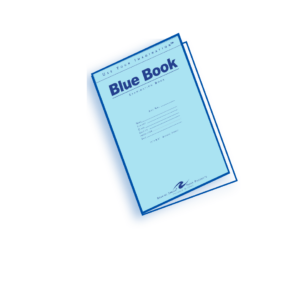by The Cowl Editor on October 24, 2019
Tangents
Viral Pelosi Picture: Making a Point about Political Representation
Last week, a photo of Nancy Pelosi standing and pointing at President Trump during a White House meeting went viral. President Trump captioned the photo on Twitter “Nervous Nancy’s unhinged meltdown!” and the Democratic speaker of the House quickly fired back by making the shot her cover photo on Twitter. As phenomenal as the picture is, however, it is also an extremely concerning one.
Rightfully so, the picture has gained attention, and Pelosi has been supported by many since its release for her bravery to stand up to Trump in difficult and tense situations. This is not the first time that one of Pelosi’s interactions with Trump became viral. Her sarcastic clap during Trump’s State of the Union address last year and her confident exit from a White House meeting in December of 2018 (photographers caught her strutting out of the office and pulling down her sunglasses) went almost instantly viral, and resulted in more than a few meme adaptations.
Pelosi’s strength and poise in these moments makes her a leading example for politicians to follow, but more importantly, for women everywhere to look up to and emulate. But it is precisely Pelosi’s status as a woman that makes the picture equally as concerning as it is inspirational.
Pelosi is the main focal point in the picture, but looking into the corners, nearly every other person sitting around the table and in the room is an older white male. While we should continue praising Pelosi, it is critical that we highlight and question why there were not more women in the room in the first place.
Sheryl Sandberg, COO of Facebook, author of Lean In, and a leading women’s rights activist, has said, “We need women at all levels, including the top, to change the dynamic, reshape the conversation, to make sure women’s voices are heard and heeded, not overlooked and ignored.” Sandberg is right when she says that we need more women at the table, and this White House photo is a perfect example.
The United States is a diverse country, and half of the people living here are women. Our representative leadership absolutely must reflect that if we want to achieve equality.
—Andrea Traietti ’21

Blue Book Blues
In the wake of midterm season, memories of exams haunt students. Many of these memories are tainted by one thing in particular: the dreaded blue book.
Blue books are commonly used in classrooms for students to record their test answers, especially when tests include writing components.
Blue books are admittedly a convenient tool for professors to use when administering an exam. The stapled booklet prevents pages of a student’s work from going astray and its cover page ensures that every student’s work is identifiable.
Blue books, however, have many flaws.
The pages of the booklet are extremely thin, and this can lead to two different—but equally frustrating—consequences. First, pencils frequently break through the pages because they are so fragile. This is especially likely to happen during testing, as students often apply a significant amount of force to their writing instrument due to the pressure of the ticking clock. Alternatively, should a student choose to write with an ink pen instead of a pencil, they will be dismayed to discover that the ink will bleed through the pages.
Also, blue books are only used when it is time to take an exam; they are never used for anything pleasant. Therefore, these booklets are associated with stress and apprehension. A student’s stress level may rise simply at the sight of a blue book as they go into an exam.
Although blue books may be practical, professors should reconsider using them in their classrooms. If the utterance of the word “blue book” is enough to send shivers down a student’s spine, it may be the case that they are not the best option when it comes to exams.
—Kelly Wheeler ’21
